Record Your First Episode: Scripting, style, and storytelling
Now that you've decided on a topic for your first episode and have your recording setup and your location prepped, it's time to tell your story. The voicing and styling techniques covered in this section can help your content be engaging and captivating so you both attract and keep your listeners' attention.
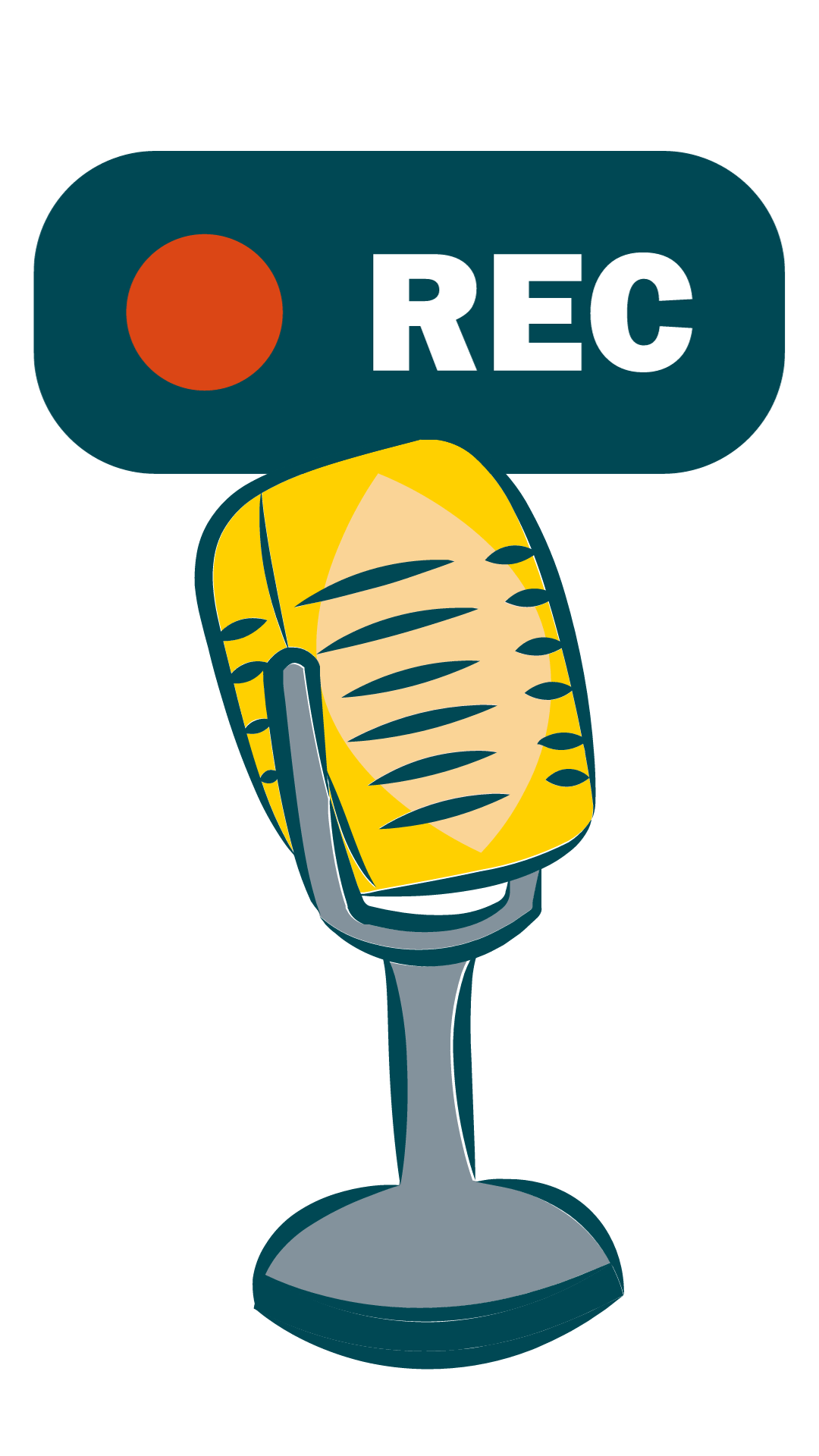
Preparing to record your first episode
Before you hit the record button, it is important to have a clear idea of what you want to achieve with your podcast. This includes creating a certain structure that will help guide you throughout the episode. This can be in the form of an outline or a script, depending on your personal preference and style.
Let's dive deeper into episode scripting so you can start your first episode off strong!
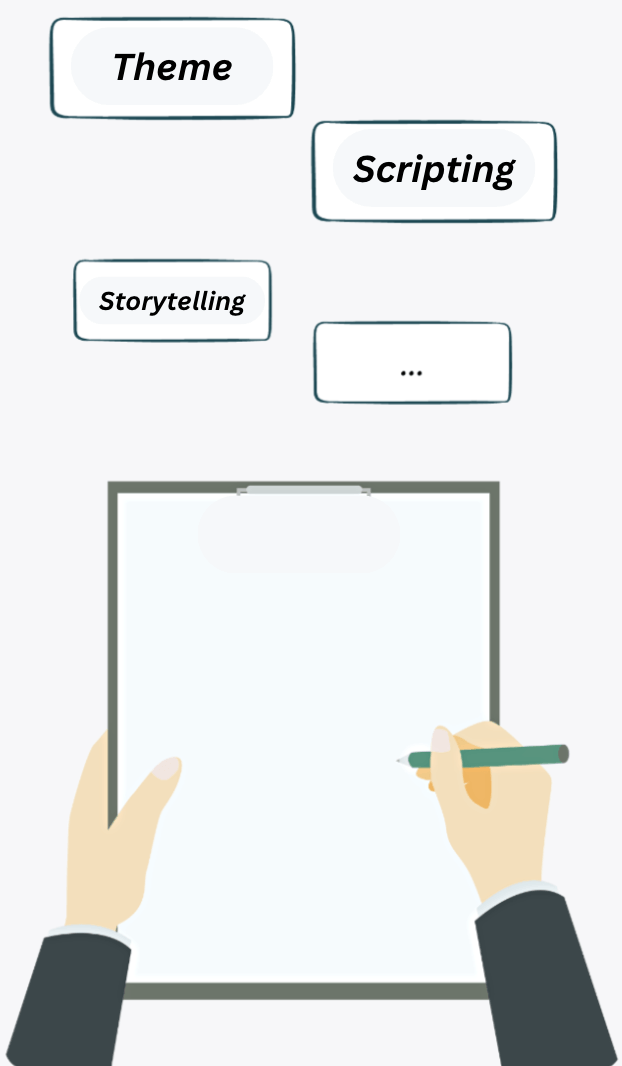
Podcast script-writing tips: Structuring your first episode
While you might be tempted to have no plan going into an episode other than a topic idea, a little preparation can be really beneficial to your creativity and the final product. Structuring your podcast episode can help with the following:
- Audience engagement: Structured episodes enhance listener understanding and engagement, keeping them captivated.
- Effective communication: Structure helps deliver clear, focused messages and prevents digressions.
- Consistency across episodes: A consistent structure fosters a loyal listener base by setting clear expectations for each episode.
So how do you it? Let's break it down.
How do you structure a podcast episode?
There is no one right way to structure your podcast episodes; some podcasters will prefer a loose outline with lots of room for improvisation, and others will want more structure, even a word-for-word script. But there is your ideal way to prepare, which will change and adapt with time. Below are three different approaches you can take.
Pro tip: However you decide to script your episodes, you can optimize them by doing some basic keyword research ahead of time to make sure your touching on all the things your listener's are searching for!
Option #1. Free-form
Creating a free-form script as a podcaster is a balancing act of giving your show structure but also allowing room for spontaneity and organic conversation. Here are some steps you might find helpful:
- Define your episode's topic: Choosing a specific and engaging topic is the first crucial step. This is going to be the backbone of your script, guiding your conversation and keeping it focused.
- Create a rough outline: Jot down key points or segments you want to cover in your episode. This serves as a roadmap, ensuring you touch on all essential aspects of your topic without going off on tangents.
From here, you can start to flesh out your script just to give you a bit of guidance–not to constrict you. It can be helpful to put a few parameters on yourself because although it seems counterintuitive, it's often within those guidelines that creativity can truly flourish.
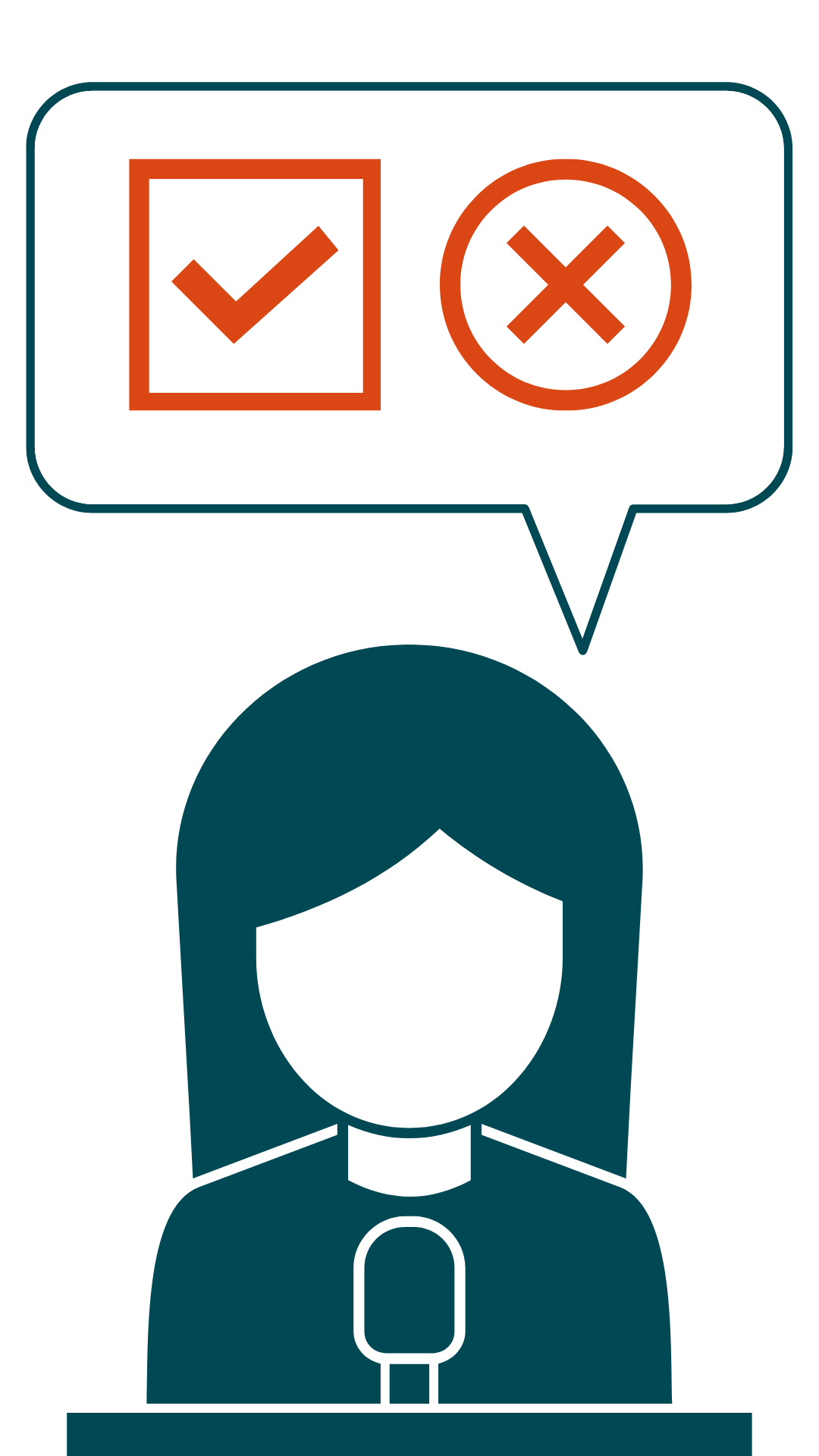
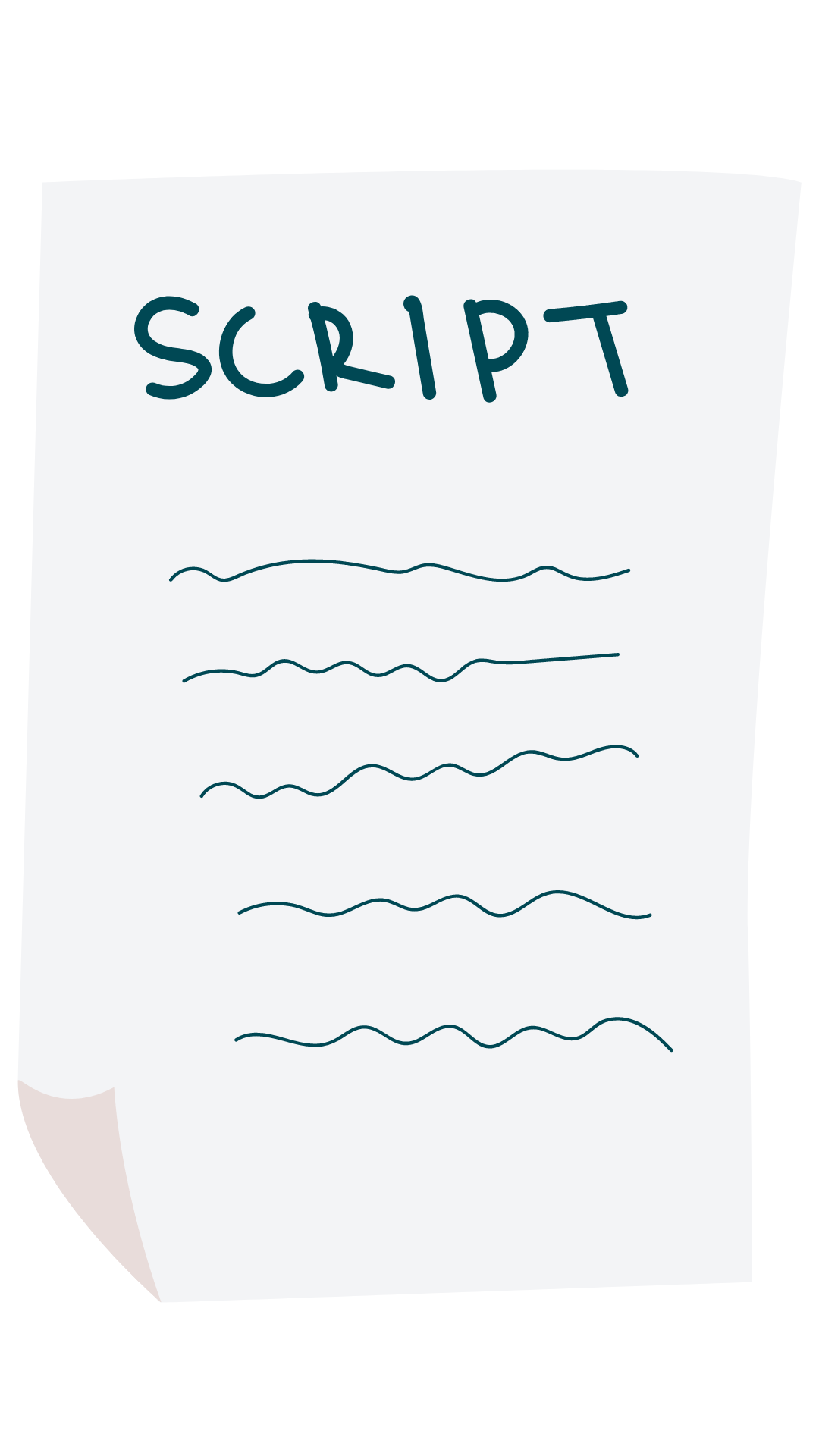
Option #2. A full script
Creating a full, word-for-word script for your podcast can be a more meticulous process and requires a bit more work on the front end. But, because of that extra work, the recording process itself is a breeze; you've already done all the work upfront.
Here are some tips to get you started:
- Outline Creation: Once you have your episode topic, jot down key points or segments for your episode to keep the conversation focused.
- Engaging Introduction: Hook listeners with a captivating opening - a teaser, provoking question, or intriguing fact.
- Blend Information & Engagement: Use well-researched content but maintain an engaging, conversational style. Avoid jargon.
- Revise & Practice: Read your script aloud, identify awkward areas, revise them, and make sure the content flows naturally.
Podcasters who rely heavily on accurate information delivery, like news or educational podcasts, often benefit most from a full, verbatim script as it ensures each detail, fact, or statistic is addressed accurately.
More verbatim scripts also work well for storytelling podcasts, where the flow, dramatic pauses, and precise wording significantly contribute to the listener's experience and are also well-suited to full scripts.
Option #3. The digital mindmap
A digital mindmap is a visual flow chart of your episode. It's an excellent method for podcasters who prefer to visualize their content in a non-linear way, creating a web of related topics and subtopics.
- Chart your ideas: Begin by placing your main topic at the center of the map. Branch out from there with related points, adding more branches for sub-points. To give you a clear overview of how your episode content connects.
- Re-arrange and connect ideas: The flexibility of a digital mindmap allows you to easily move and connect ideas as you develop your podcast script. You can see at a glance where your conversation can naturally progress and where you might need to guide it back on course.
Some tools you might find helpful:
- Mindnode: Mindnode is intuitive and streamlined and has an outline function that lets you see the mindmap in a well-structured form, which is helpful for some.
- MindMeister: MindMeister is a collaborative tool that lets you make mindmaps alone or with others–perfect for podcasters with a cohost.
- Figma: This site has lots of free mind mapping templates you can download, as well as a paid option.
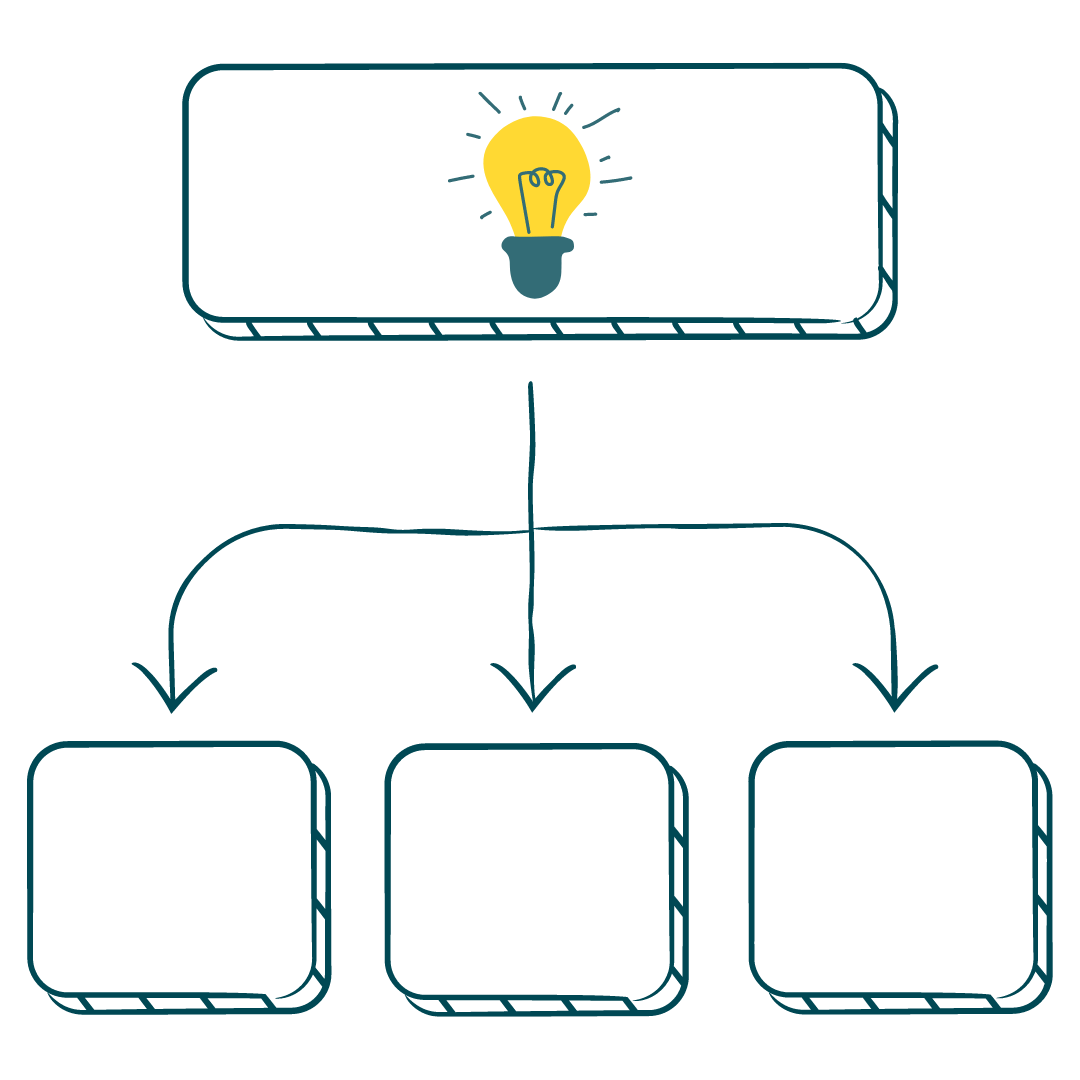
Powerful storytelling techniques to use in your script:
Incorporating the elements of good storytelling is pivotal in podcast script writing, regardless of the genre. Character development, plot structuring, and episode arcs provide listeners with a narrative framework, boosting listening engagement and retention. In both fiction and nonfiction podcasts, these elements help shape real-life events and information into compelling narratives.
So, no matter which podcast scripting format you choose, you can benefit from incorporating the following basic elements in your episodes!
- Introduction: A brief introduction set to your podcast theme music and an overview of what the episode will cover.
- Hook: An interesting statement or question to grab the listener's attention.
- Story Structure: A clear narrative arc that includes a beginning, middle, and end.
- Engaging Content: Interesting, relevant information that captivates the listener's interest.
- Sign-off: A consistent way to close the podcast, thanking the audience for tuning in.
What kind of podcast format is best?
We're partial to the digital mindmap because it strikes a great balance of structure with a lot of built-in flexibility too. It might take a few episodes to nail the flow, but once you do, it's a fun, visual way to plan your episodes.
A bonus of scripting your episodes is that you make the rest of the podcast production process go more smoothly. Again, the more prep on the front end can save you time editing later on.
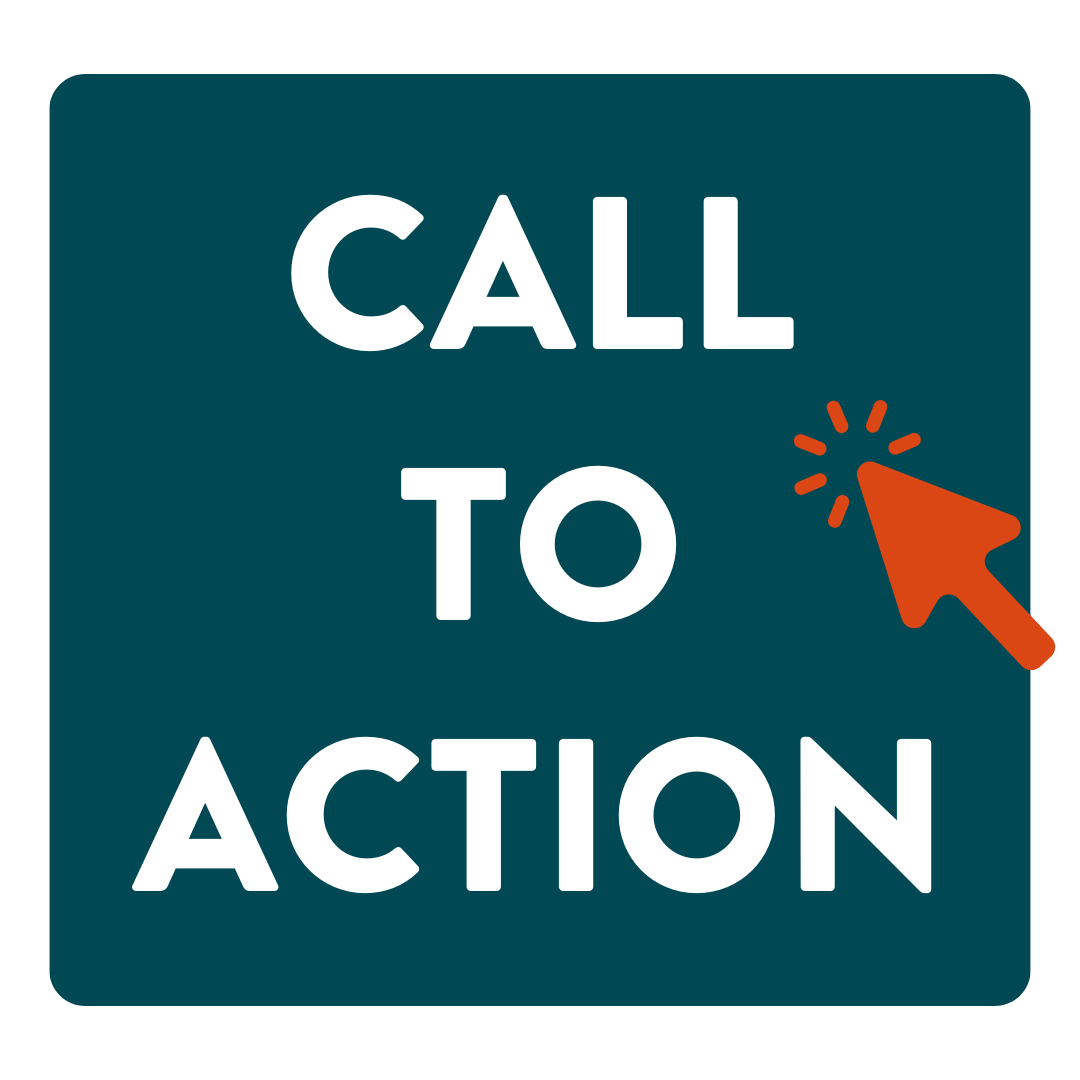
Should you include a call to action in your episodes?
For podcasters looking to ramp up audience engagement, drive website traffic, or promote a product, incorporating a Call to Action (CTA) at the end of each episode is a savvy move.
It's like leaving breadcrumbs for your listeners, guiding them on what to do next - whether that's visiting a website, subscribing to a newsletter, or trying out a new product. A CTA isn't just a marketing tool; it's an effective way of enhancing your listener's experience and expand your podcast's reach in the process.
Great, Part 6 is finished! ✅
Continue with part 7 : Record Your First Episode: Voice, style, and storytelling
How To Start a Podcast: The Definitive Guide
- Part 1: Create a Captivating Podcast Concept
- Part 2: Make Your Editorial Calendar
- Part 3: Choose the Right Podcast Equipment for You
- Part 4: Brand Your Content: Find the perfect title, music, and artwork
- Part 5: Prepare the Perfect Podcast Recording Studio
- Part 6: Record Your First Episode: Scripting, style, and storytelling
- Part 7: Streamline Your Recording & Editing Workflow
- Part 8: Choose a Podcast Hosting Service: Tips for selection and setup
- Part 9: Maximize your Podcast Reach: Publish to Apple Podcasts, Spotify, Amazon, and other platforms
- Part 10: Learn Powerful Podcast Promotion Strategies
Start your podcast today with Podigee
.png)
- Publish your podcast in just a few clicks: on Spotify, Apple Podcasts, Youtube and everywhere else where podcasts are available.
- Unlimited storage for your podcasts, secure and privacy-compliant, detailed playback analytics.
- Outstanding support at every step of your podcast journey, right from the start.